On-Board Effects
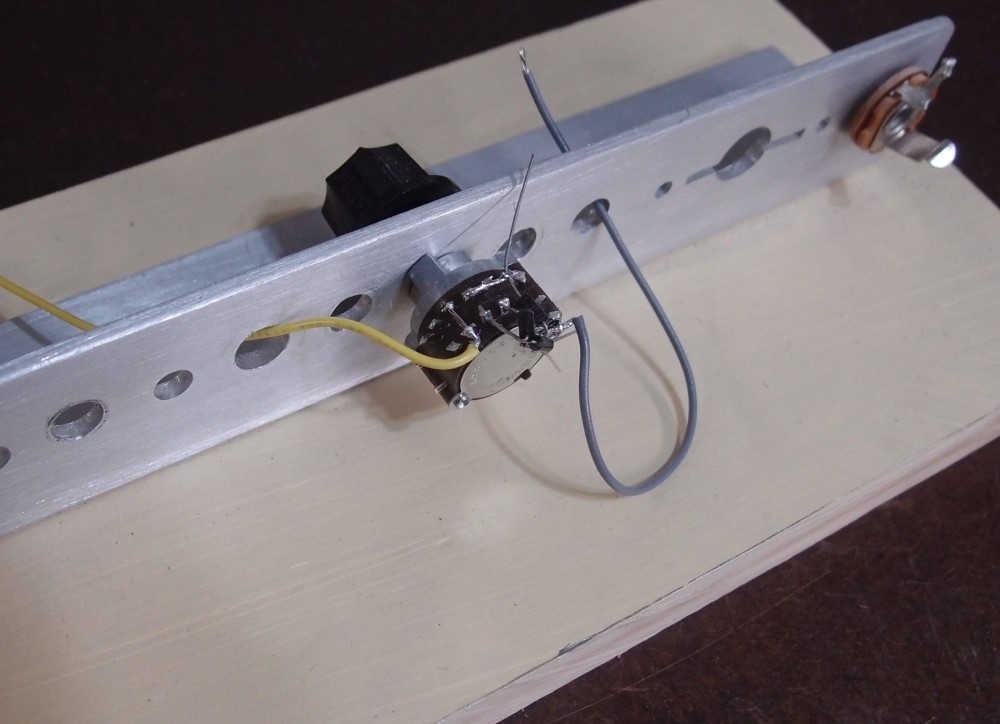
This is a "Black Ice" circuit built onto a rotary switch. What a great idea - onboard distortion with no battery. Too bad though, I spent a while testing and analyzing it, and my conclusion is that it doesn't work. It could possibly work, but in most cases, it will not.
Most solid-state distortions use diode clipping. In this case, the diodes are wired between output and ground. When the pickup's output voltage exceeds the diode's forward voltage ( Vf - the voltage at which the diode begins to conduct ) the signal is grounded, clipping off all the peaks above Vf. Pickups output in the range of 200mV to 1V, but most are at the lower end of the range. The first set of diodes I tried ( recommended by an internet sage ) had a Vf of 300mV. Only one guitar I tried could crack them open, a Les Paul copy. The circuit had absolutely no effect with any of several other guitars and basses, both active and passive.
So I rebuilt the circuit with different diodes with a Vf of about 150mV. A few other guitars were able to overcome this, including, oddly, a Strat. But for the majority, the circuit had no effect. In any case, the distortion was not a nice smooth fuzz or even a howling metal screech. To my ears, it sounded kind of farty and unpleasant, not at all anything I would want. So, executive summary - this is a waste of time.
I have however ordered some parts to build an active distortion circuit with germanium rather than silicon diodes. Germanium diodes are supposed to have a much better quality for this sort of application, and an active circuit should have enough gain to drive them. For around $25 you can get an Artec QDD circuit, which works quite well, with three selectable levels of distortion.
What got me started on all this was that I need to find something useful to do with a third knob on a six-string I have in mind. I finally settled on an Artec EXP midrange circuit, which I ordered for a nice price. I find that on a guitar, active tone controls are wasted, it doesn't make nearly as much difference as on a bass. Maybe the active midrange will be different.
Active Distortion
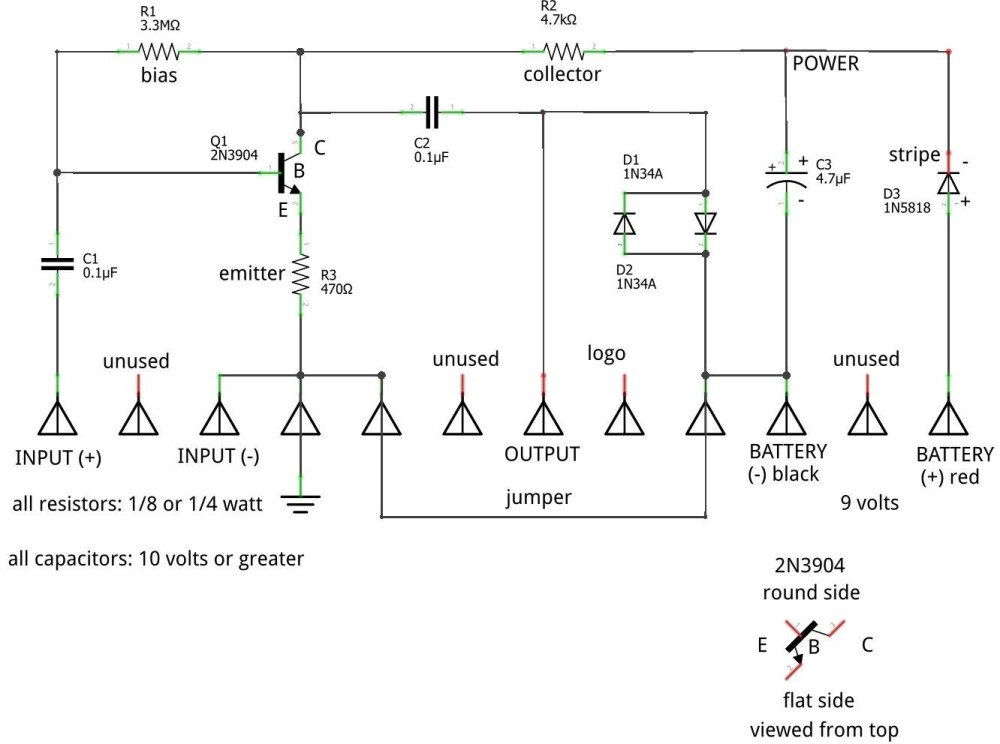
While active tone controls are largely wasted on a guitar, the onboard fuzz circuit above looks very promising. Someday I will try it. I have tried passive distortion circuits, so-called 'Black Ice', and found them very disappointing.
Here are some more circuits:

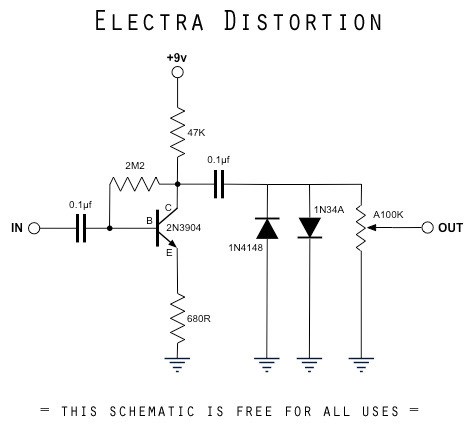
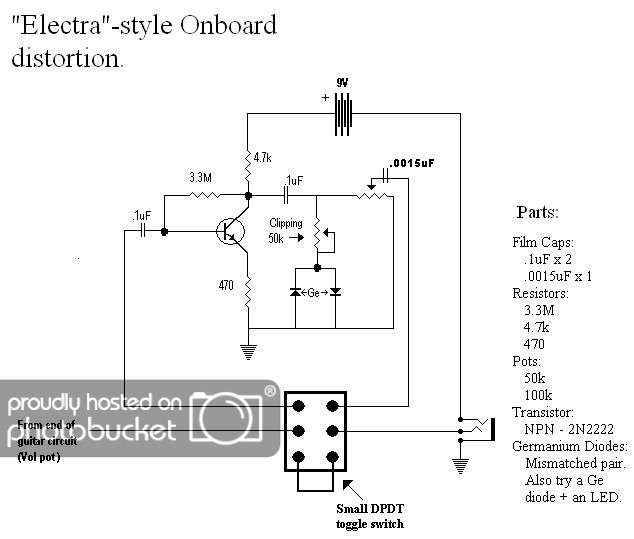
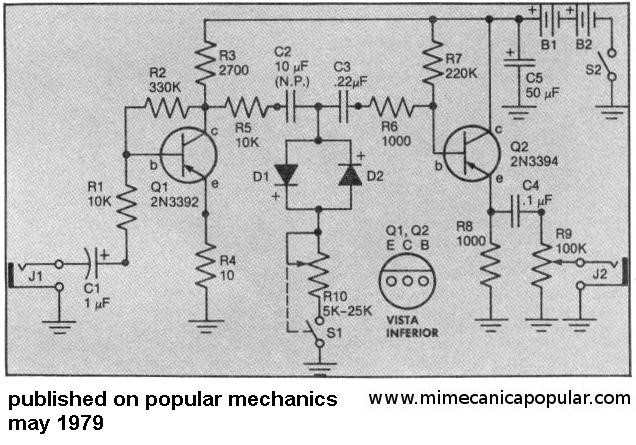
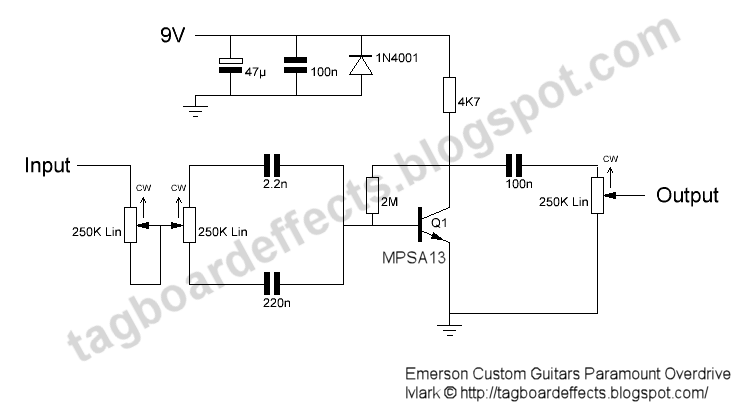
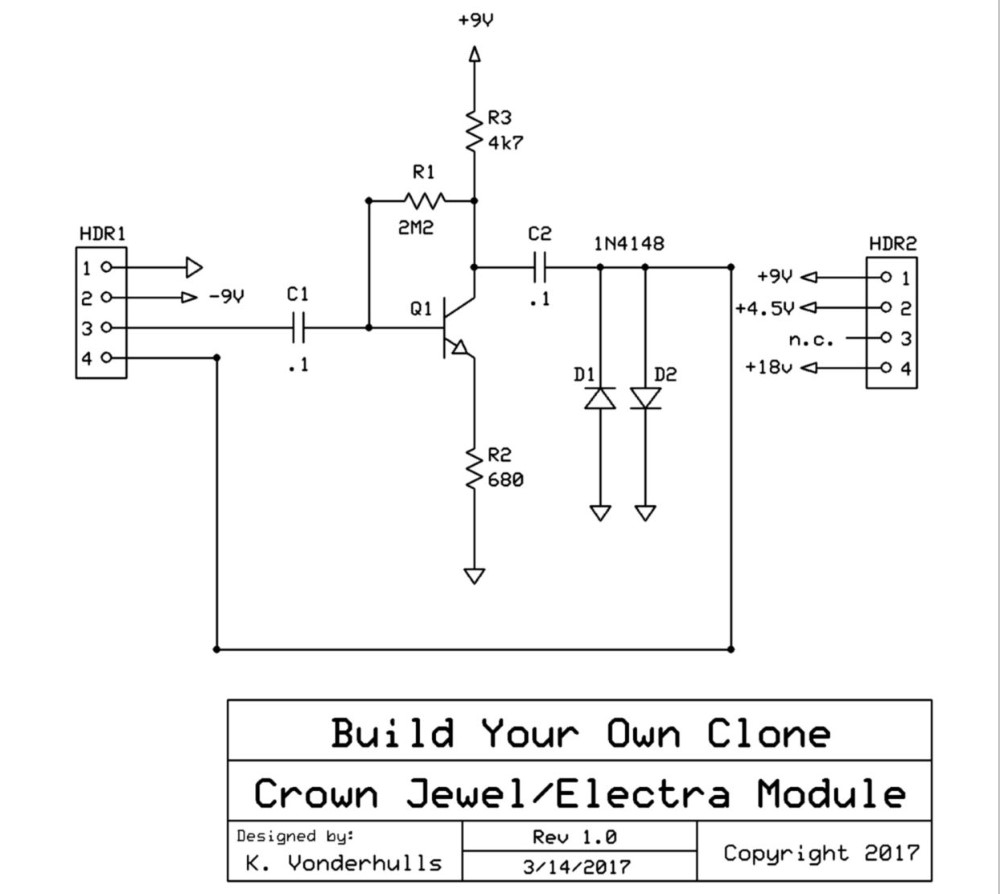
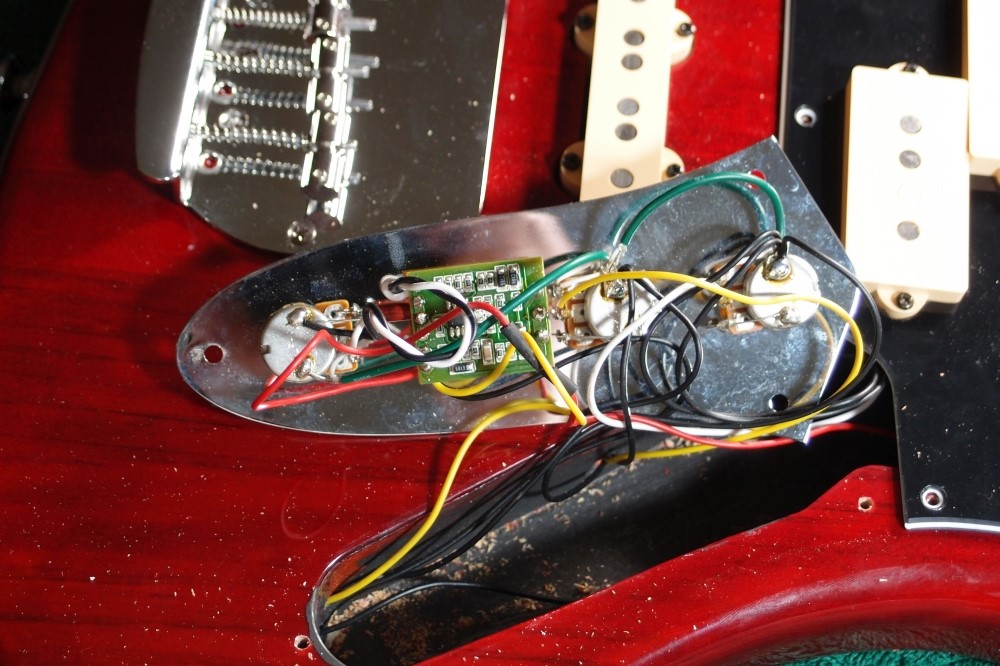
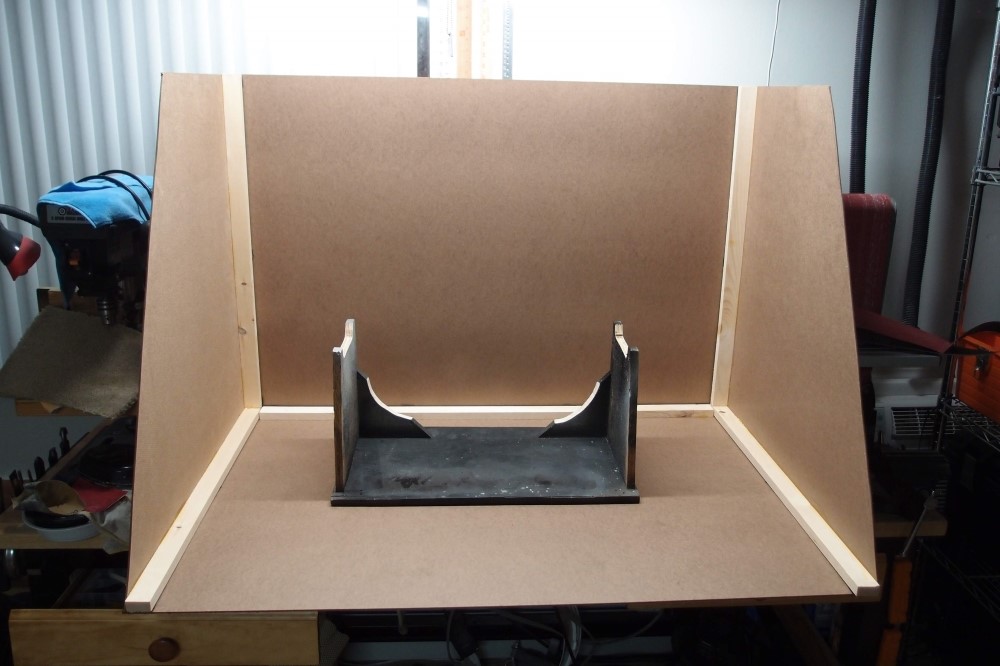
Questions or Inquiries?
Just want to say Hello? Sign the .